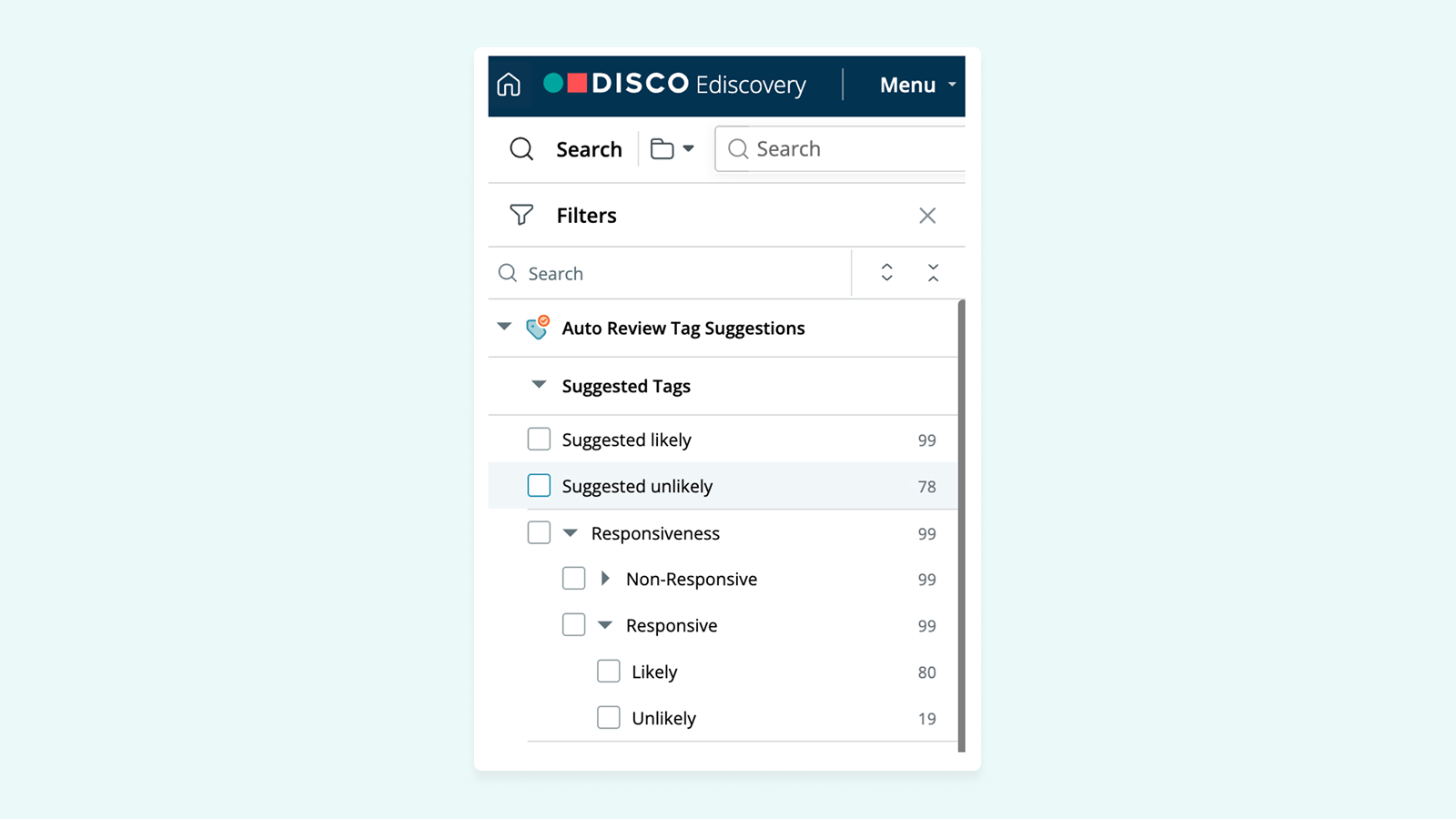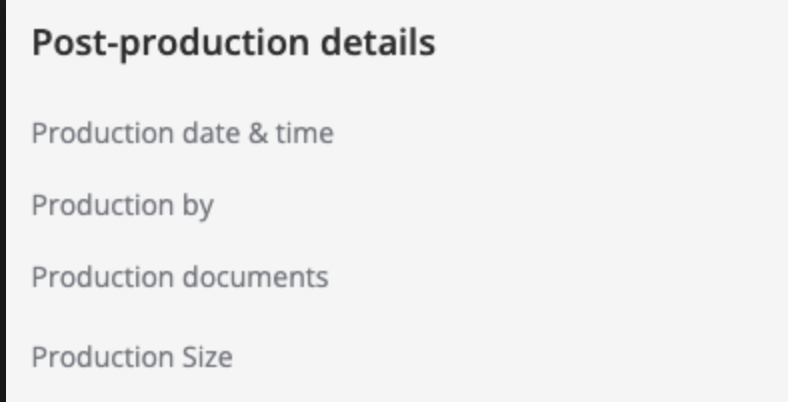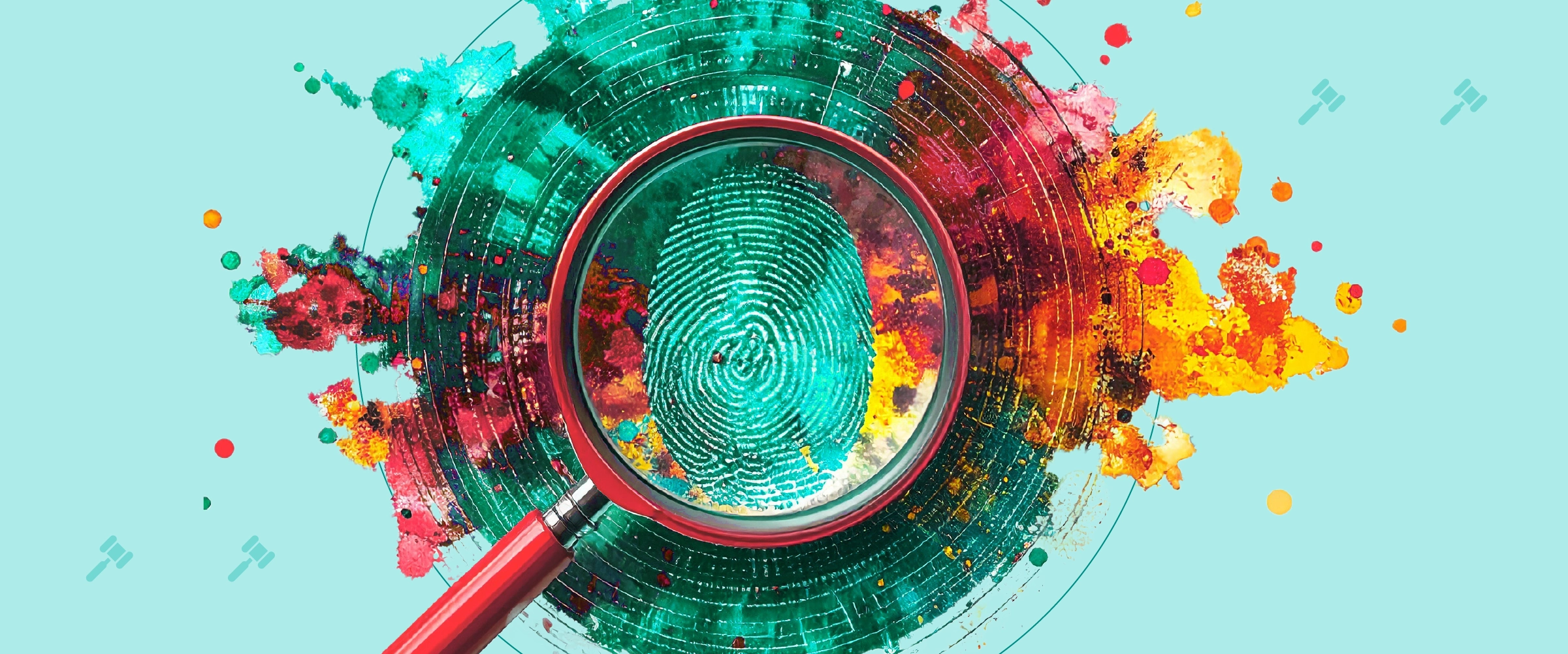⚡️ 1-Minute DISCO Download
Meet Robert Harrington
Senior Director of Machine Learning and Artificial Intelligence at DISCO
Physicist, US Navy veteran, and human.
Q: What impact do you think AI will have on the world?
Robert Harrington: At CERN (the European Organization for Nuclear Research) there's a plaque stating 'The World Wide Web was invented here.' It was invented so that physicists at CERN could communicate better about the experiments that they were doing.
The development of AI is up there with the development of the World Wide Web. It’s even up there with the development of electricity or steam power because of the capability that it has to completely revolutionize the world – but also in the potential for danger that's inherent in any of these technologies. This is such new technology, and we're not even aware of all the ways that it can be used. I think it's going to take some time for people to catch up with the AI.
Related: Humans Behind the AI: Meet the AI Consultant
Q: What was your experience at CERN (the European Organization for Nuclear Research) like?
Harrington: The first time I walked into the building, there were people playing Dungeons and Dragons and there were Nobel Laureates walking around – just the smartest people in the world, all right there. I’d never in my life felt so at home as I did there. Being part of the discovery of the Higgs Boson particle was absolutely incredible. Once that was over, I looked around and thought, 'It’s never really going to get any more exciting than this.'
There was one time I was having breakfast at the office after an all-nighter shift doing data collection. This older gentleman sits next to me and we start talking about what we’re working on. I didn’t know who this man, was but I knew he was important. My boss later told me that he was a Nobel Laureate. At CERN, not only do you meet Nobel Laureates but they sit down and have a meal with you.
Q: How did your Navy career lead you to work at CERN?
Harrington: About six months before graduating from UT Austin, I got a postcard from a US Navy recruiter asking if I wanted to tour a submarine. I thought, ‘Yeah, that sounds pretty fun.’ I grew up in Texas, where sometimes we grow up a bit idealistic…but I wanted to serve my country. My grandfather had been in World War II and my uncle had been in the Korean War. I wanted to be a part of that, but I wanted to do it in a way that put my unique skills to use. I wanted to serve my country as a physicist. Before I knew it, I was raising my right hand and taking the oath.
When I left, I was a lieutenant in the Navy. It was the hardest thing I’ve ever done in my life. But it was a blast. I was extremely lucky to be on a brand new construction ship, the USS John C. Stennis, and I got to take the ship out in its initial sea trials. Not only did I get to be an engineer on that carrier, but I got to drive it as well. I had a red 'Officer of the Deck' ballcap that I wore when I was driving and I learned how to turn the ship so the aircraft could land.
In the Navy, I got to work with really sharp people. But more than smart - they were dedicated. They were also wanting to serve their country and wanting to put something more important than themselves at the center of their life. I’ve always wanted to work for something bigger than myself. Being an officer in the Navy is the job that I’m most proud of because of the direct impact I had on people’s lives. That’s my biggest hope for AI – that it allows people to work in jobs where they're fulfilled and satisfied as human beings rather than just having to work jobs to put food on the table. I think AI has that kind of power.
Related: Humans Behind the AI: Meet the Educator
Q: What excites you about AI?
Harrington: What inspires me today is seeing large language models (LLMs) being used in so many novel ways, making lives easier for everyone. When I first saw LLMs a couple years ago and when people first started talking about them, I thought that we were another five or ten years away from them being useful. Now we're really at the forefront of trying them out and seeing what an impact it's making - that's inspiring to me.
The nice thing about large language models is you can see them. You can see how AI is actually helping. Most of the AI work that I've done before now has been a little bit hard to understand. There wasn't something there that the marketing people could really grab a hold of and say, 'Yeah, I can see how that's helpful.'
Related: Humans Behind the AI: Meet the Gen Z Thought Leader
For further reading on the future of legal technology and how AI is shaping the landscape, click here.
Meet more of the Humans Behind AI:






%20(1).jpeg)







.png)
